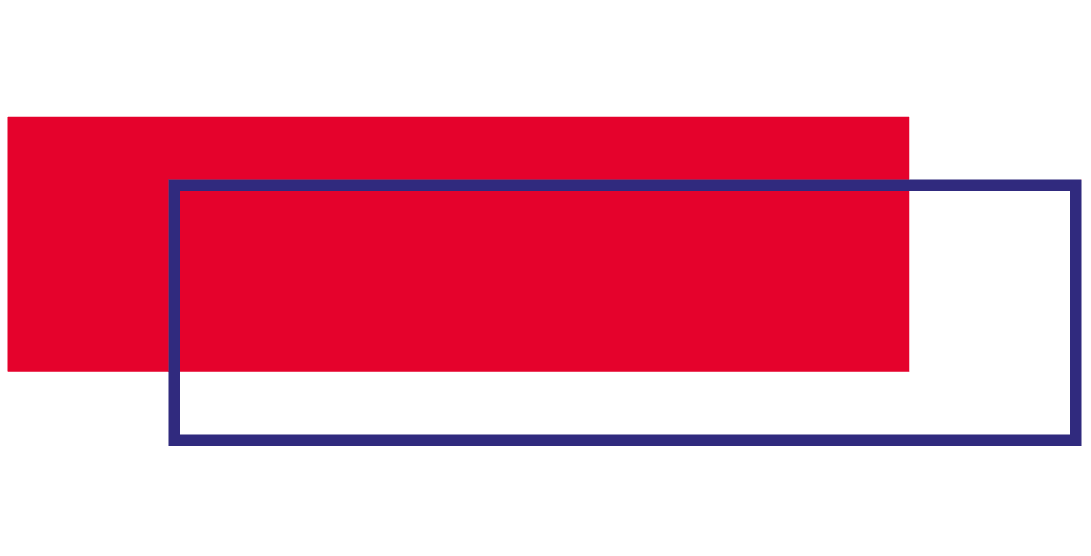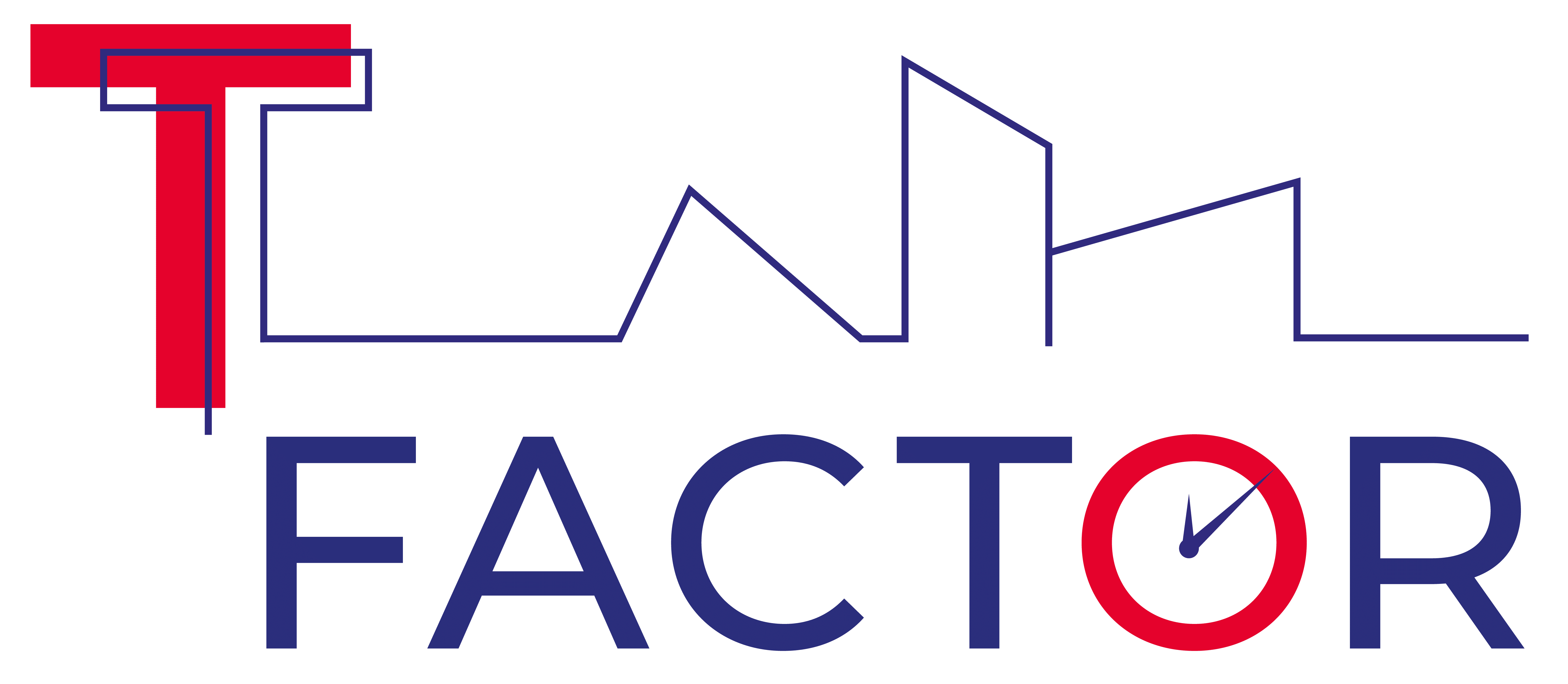As part of the T-Factor project, the Ensaios e Diálogos Association and Universidade Nova de Lisboa held the T-Mapping event on October 15 at the former Trafaria Prison. The aim of this initiative was to bring together the Universidade Nova de Lisboa T-Factor team, formed by teachers, researchers and students, and the young-adult population of Trafaria in order to foster synergies and enhance the impact of the projects on the territory. Furthermore, this event became a symbolic moment, as it opened the doors of the former prison to the general public in an event where the local community was invited to participate.
Among 150 people of all ages participated in the T-Mapping event, included inhabitants not only from Trafiara, but also from the neighborhood 2o Torrão, Costa da Caparica, Corvina, Cova do Vapor, Almada and Lisbon. Participants presented a total 13 activities, called “Stations”:
- 9 projects from the New University of Lisbon, including PhD projects taking place in Trafaria and projects by researchers and artists under T-Factor.
- 4 local projects, presented by residents who are members of the association (of which 3 are artists) and who are part of the creative workshops under the A_Linha project.
In order to attract more young audiences, EDA invited the group of the Trafaria Marches to make a Solidarity Coffee. The Marches in turn invited the Trafaria Voluntary Fire Brigade to be present. Besides, two young musicians from the locality (Bairro 2o Torrão and Vila da Trafaria) were invited to play at the meeting in a performance, together with a local hip hop children’s band.
Process of involving the audience
A process of community involvement was developed that started about two months before the T-Mapping event and culminated on the day of the event itself with several activities to be streamlined / exhibited that were given the name of “Stations”.
During the month leading up to the event, separate meetings were organized with the various local groups/communities and interlocutors, relying on personal communication to start engaging the population in sharing material to be shown at the event itself.
The event demonstrated the potential of the former prison as a meeting place and the opportunities that can be developed in the future spaces through the connection of Universidade Nova de Lisboa, local associations, public entities and the local community of Trafaria.


